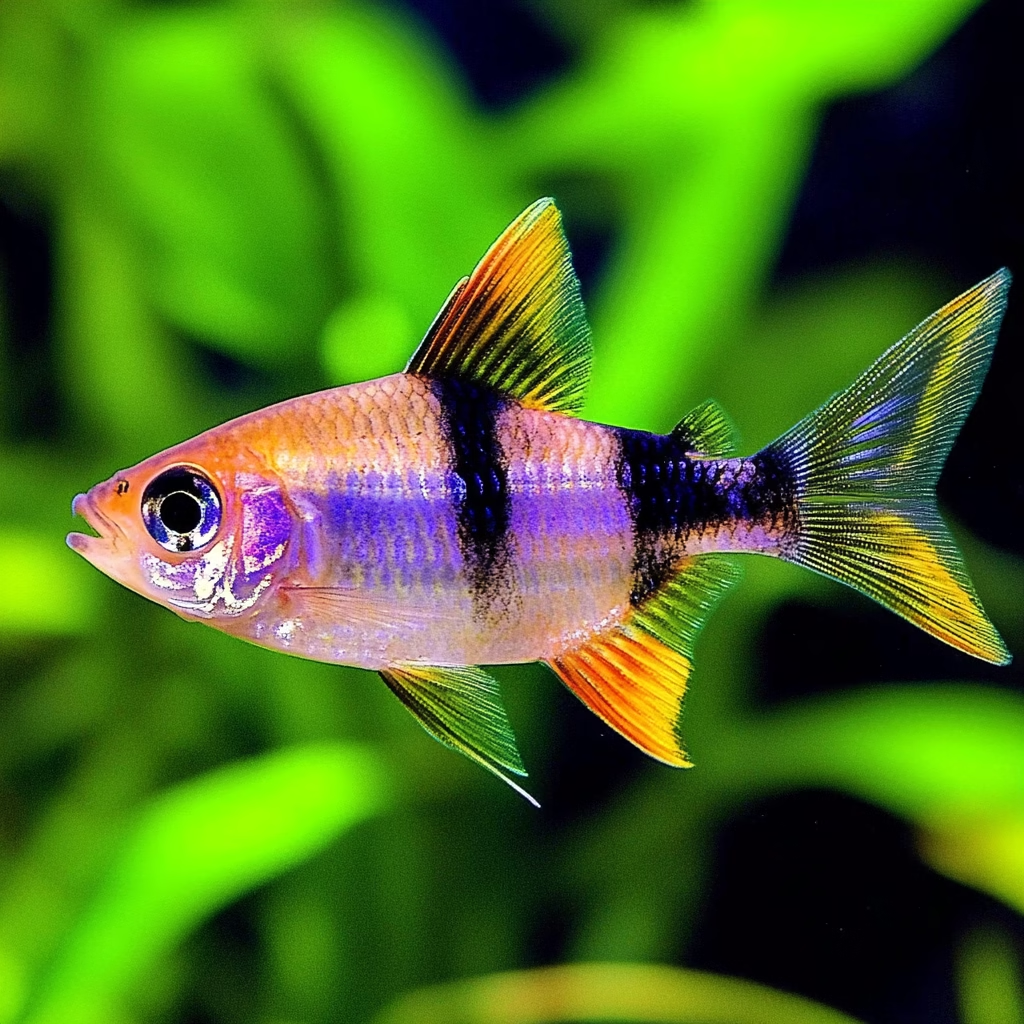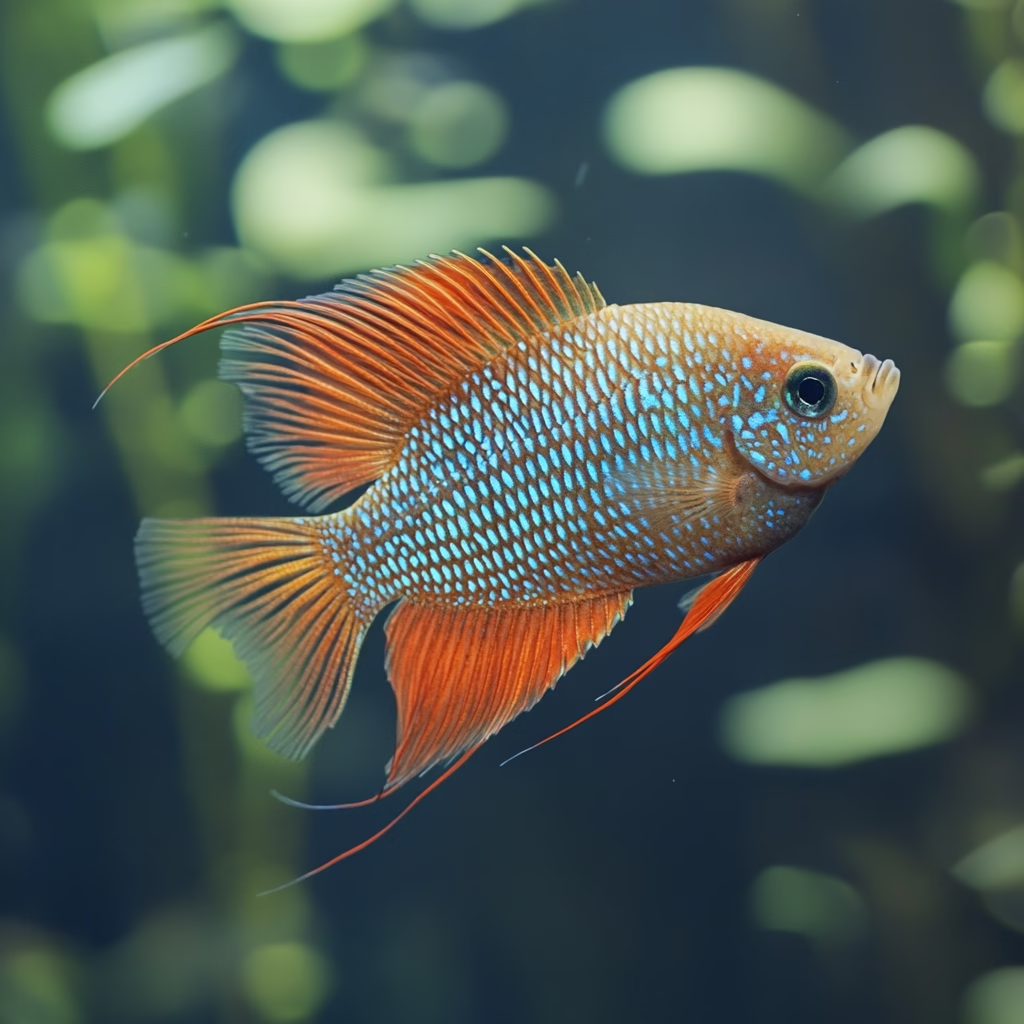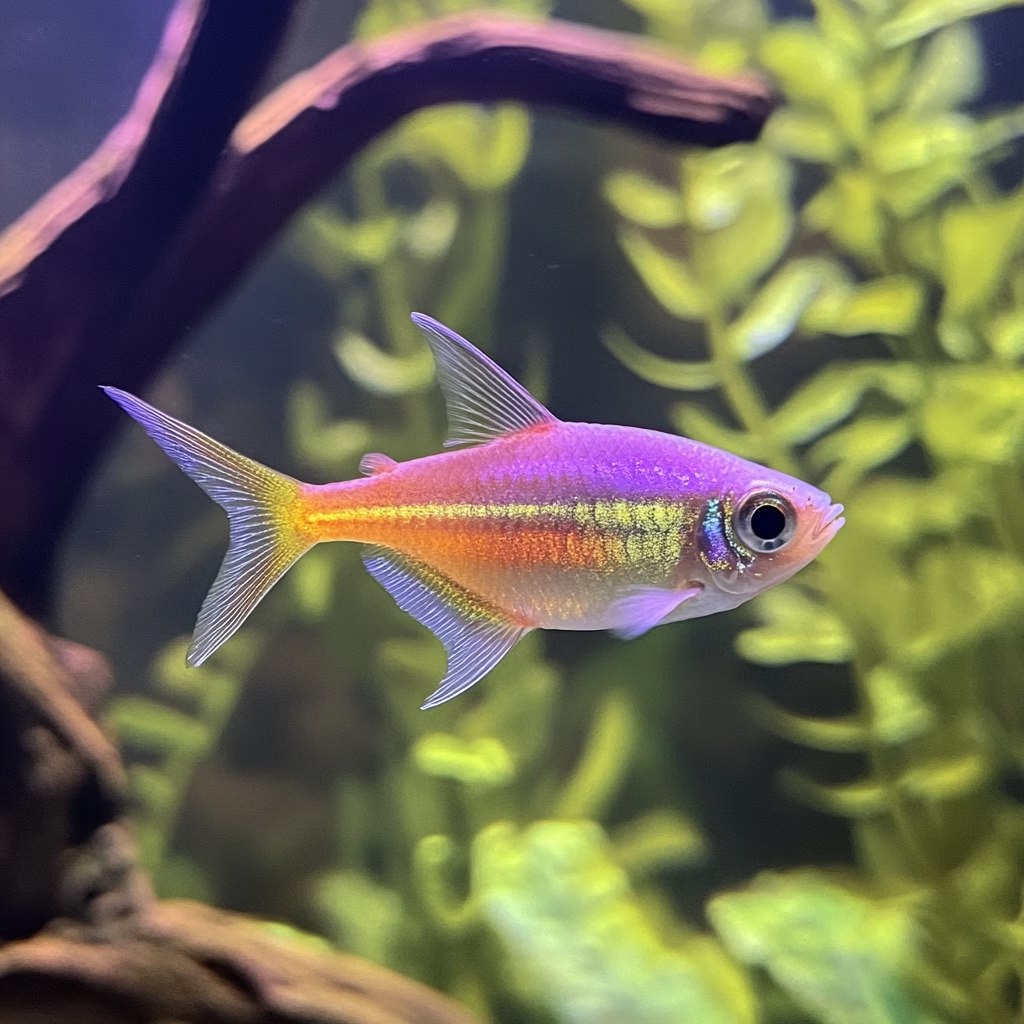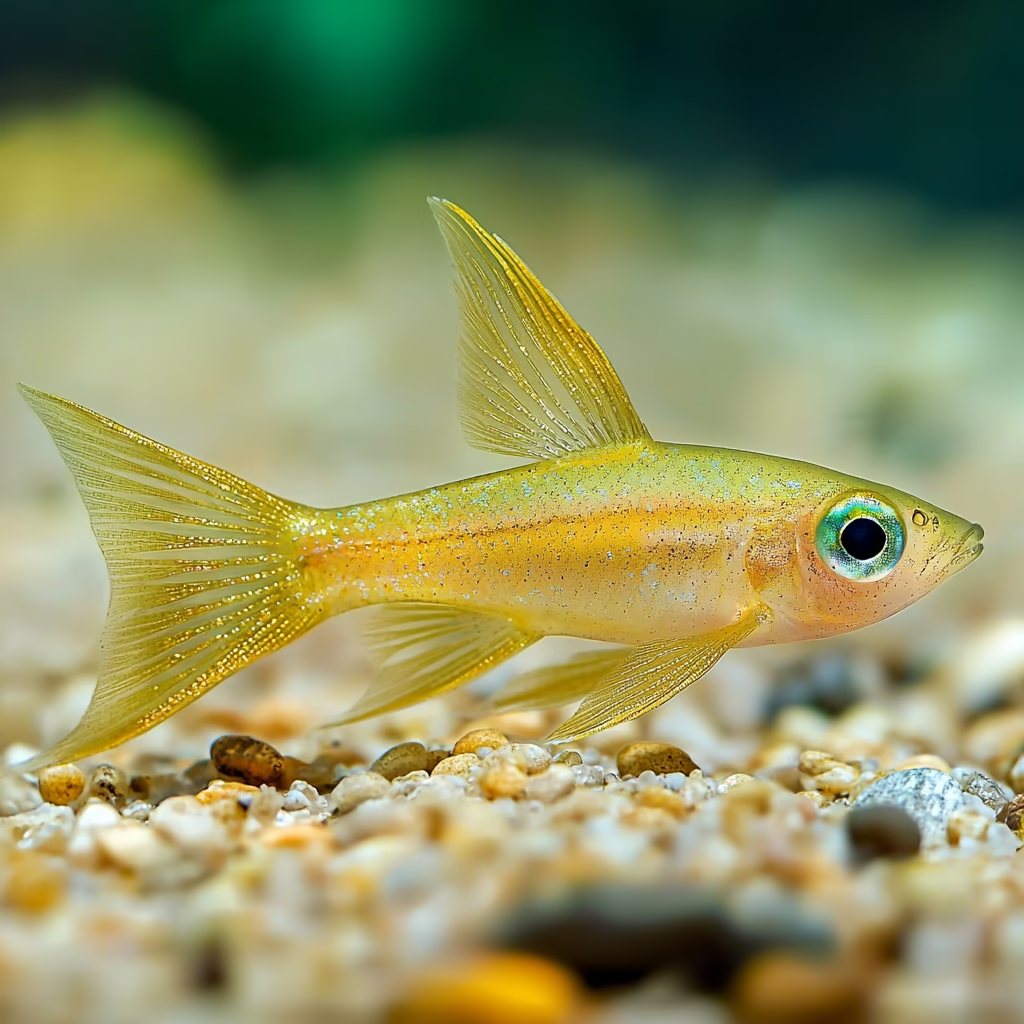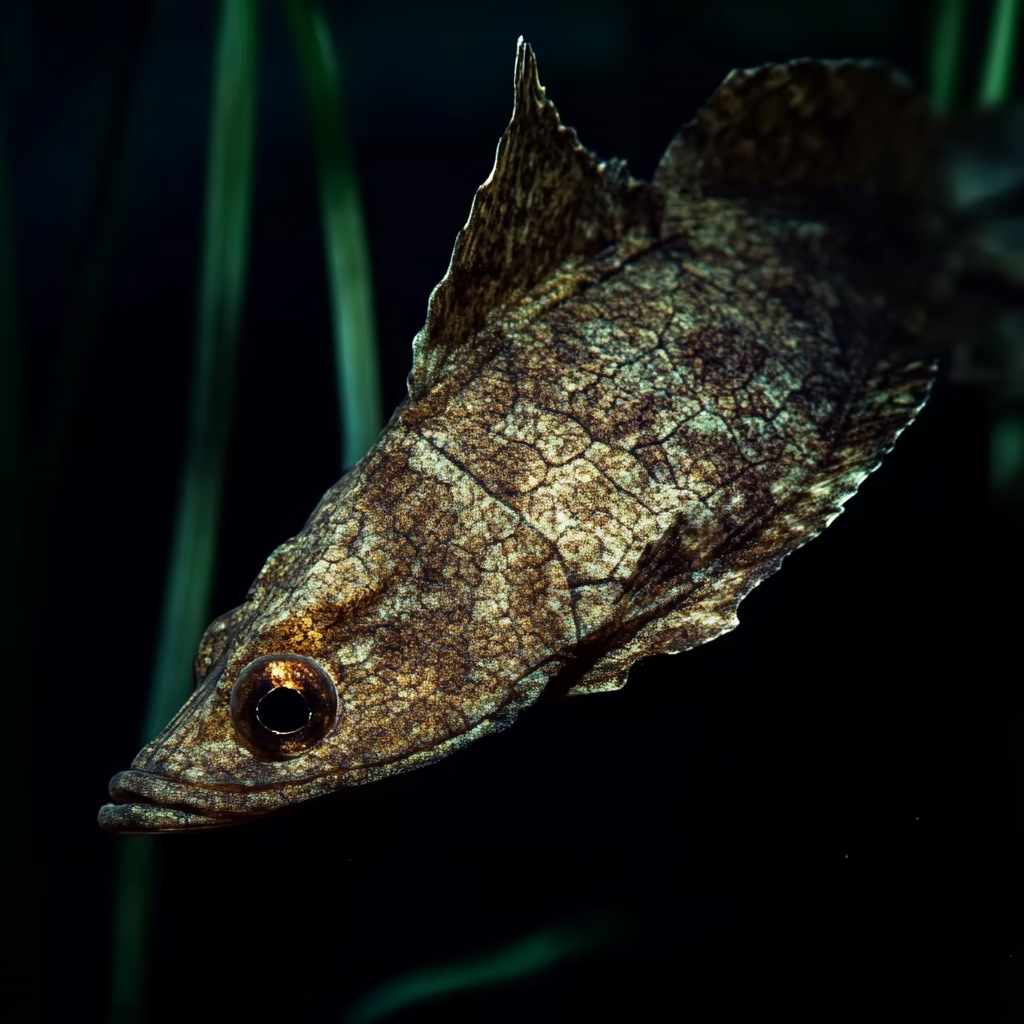Koi fish, with their vibrant colors and graceful movements, have captivated people around the world for centuries. These ornamental varieties of domesticated common carp (Cyprinus carpio) are more than just beautiful aquatic creatures—they represent a living art form with deep cultural significance. Whether you’re considering adding koi to your garden pond or simply fascinated by these colorful fish, understanding their history, care requirements, and symbolism offers insight into why koi have maintained their popularity across generations.
The Rich History of Koi Fish
Ancient Origins in China
The story of koi fish begins not in Japan, as many assume, but in China during the Jin Dynasty (265-420 CE). Wild carp were originally domesticated for food, but natural color mutations occasionally produced fish with red, yellow, or blue patches. Chinese farmers noticed these unusual specimens and began selectively breeding them, creating the first ornamental carp varieties.
Development in Japan
While the Chinese laid the groundwork, it was in Japan where koi breeding truly flourished. In the 1820s, Japanese rice farmers in the Niigata prefecture began breeding colorful carp in the mountain waters of the region. These early breeding efforts focused on creating distinct color patterns and varieties, setting the foundation for the koi we know today.
The word “koi” itself comes from the Japanese term “nishikigoi,” which translates to “brocaded carp,” reflecting their elaborate, colorful patterns reminiscent of traditional Japanese textiles.
Global Popularity
Koi gained international recognition following an exhibition at the 1914 Tokyo Exposition, where they caught the attention of visitors from around the world. Throughout the 20th century, koi breeding spread globally, with dedicated enthusiasts in Europe, the Americas, and throughout Asia developing new varieties and refining existing ones.
Popular Koi Varieties and Their Characteristics
The world of koi is diverse, with dozens of recognized varieties. Each type is distinguished by specific color patterns, scales, and markings. Here are some of the most beloved varieties:
Kohaku
The Kohaku is considered the classic koi, featuring a white body with red patterns. These were among the first varieties developed in Japan and remain highly valued for their simple yet striking appearance. The quality of a Kohaku is judged by the intensity of its red markings and the clarity of its white base.
Showa
Showa koi display a striking combination of black, red, and white coloration. The base color is black, with red (hi) and white (shiroji) patterns overlaid. A high-quality Showa exhibits balance between these three colors, with each complementing rather than overwhelming the others.
Taisho Sanke
Often simply called “Sanke,” these tri-colored koi feature a white body with red and black markings. Unlike Showa, the base color of Sanke is white. The black markings typically appear along the back and don’t extend to the lower body.
Bekko
Bekko koi have a solid base color of either white, red, or yellow, decorated with black spots. The black markings are typically concentrated along the top of the fish, creating a striking contrast against the base color.
Butterfly Koi
Butterfly koi, with their flowing, elongated fins, are a more recent development. Created by crossbreeding traditional koi with Asian carp, these fish have gained popularity for their dramatic appearance, though they’re sometimes considered less “traditional” by koi purists.
Koi Fish Care and Maintenance
Pond Requirements
Koi thrive in outdoor ponds that provide ample space, proper filtration, and a stable environment. A well-designed koi pond typically includes:
- A minimum depth of 3-4 feet to protect fish from predators and temperature fluctuations
- At least 250 gallons of water per adult koi
- Effective filtration systems to maintain water quality
- Areas of both sun and shade
- Plants for natural filtration and aesthetic appeal
Water Quality Management
Maintaining optimal water conditions is crucial for koi health. Key parameters to monitor include:
- Temperature: Ideally between 65-75°F (18-24°C)
- pH: 7.0-8.6, with 7.5 being optimal
- Ammonia and nitrite: Should always be 0 ppm
- Nitrate: Below 20 ppm
- Dissolved oxygen: At least 6 mg/L
Regular water testing and partial water changes (15-20% weekly) help maintain these parameters within acceptable ranges.
Feeding Koi Fish
Koi are omnivorous and require a balanced diet to maintain their vibrant colors and overall health. High-quality commercial koi food serves as the foundation of their diet, supplemented with occasional treats like:
- Watermelon
- Lettuce
- Peas
- Cooked rice
- Silkworm pupae
Feeding practices should vary with the seasons. During summer, when koi are most active, they can be fed 2-4 times daily. As temperatures drop below 50°F (10°C), reduce feeding frequency, and stop completely when water temperatures fall below 39°F (4°C), as koi enter a dormant state during winter.
Common Health Issues and Prevention
Proactive pond maintenance and regular observation help prevent many common koi health problems. Watch for:
- Ulcers or red spots, which may indicate bacterial infections
- White spots, often a sign of “ich” (ichthyophthiriasis)
- Ragged or deteriorating fins, possibly due to fin rot
- Gasping at the surface, which may indicate poor oxygen levels
When health issues arise, promptly isolate affected fish and consult with a koi health specialist or veterinarian experienced with pond fish.
The Symbolism and Cultural Significance of Koi Fish
Koi in Japanese Culture
In Japan, koi symbolize perseverance, strength, and determination. This association stems from the Chinese legend of the koi fish swimming upstream against the Yellow River’s current and leaping over the Dragon Gate waterfall, transforming into a dragon upon success. This legend inspired the Japanese phrase “koi no taki-nobori,” which describes the determined struggle against adversity.
Koi are prominently featured during Children’s Day (Kodomo no Hi) celebrations in Japan, with koi-shaped flags (koinobori) flown to represent strength, courage, and the hope that children will grow up healthy and strong.
Koi in Art and Design
The distinctive appearance of koi has inspired artists across various mediums. Traditional Japanese artwork frequently depicts koi, often swimming against currents or leaping from water. In contemporary design, koi motifs appear in tattoos, fashion, interior design, and digital art, showcasing their enduring aesthetic appeal.
Feng Shui and Koi
In feng shui, the ancient Chinese practice of harmonizing individuals with their environment, koi fish symbolize abundance and good fortune. Specific koi colors carry distinct meanings:
- Gold/yellow koi represent wealth and prosperity
- Black koi help absorb negative energy
- White koi signify career success
- Red koi symbolize love and relationships
- Blue koi represent tranquility and calmness
Many practitioners believe that displaying images of koi or maintaining koi ponds, particularly with nine fish (eight colored and one black), attracts positive energy and fortune.
Koi Keeping as a Hobby and Community
The Global Koi Community
Koi keeping has evolved into a passionate hobby with dedicated enthusiasts worldwide. National and international koi associations host shows and competitions where prized specimens are judged on criteria including color, pattern, body shape, and overall impression.
The koi community shares knowledge through magazines, online forums, social media groups, and local club meetings. This network provides valuable resources for both beginners and experienced keepers, fostering connection through a shared appreciation for these remarkable fish.
Starting Your Koi Journey
For those interested in keeping koi, beginning with research and planning is essential. Consider:
- Consulting with experienced koi keepers or joining local koi clubs
- Visiting established koi ponds for inspiration and practical insights
- Starting with younger, less expensive koi while developing experience
- Working with reputable dealers who can provide healthy, quality fish
- Investing in proper filtration and water quality management systems
Conclusion
From their humble origins as food fish in ancient China to their status as living jewels in gardens around the world, koi fish have earned their place in human hearts and cultures. Their beauty, longevity, and symbolic significance continue to attract new enthusiasts while maintaining traditions centuries in the making.
Whether viewed as pets, living art, cultural symbols, or a combination of all three, koi fish offer more than just visual appeal—they provide a connection to history, art, and nature. For those willing to invest the time and resources into proper care, koi can become lifelong companions, with some specimens living 30 years or more, passing from one generation to the next like living heirlooms.
As you contemplate the colorful world of koi fish, remember that beyond their striking appearance lies a rich tapestry of meaning, a testament to the enduring relationship between humans and the natural world we share.


